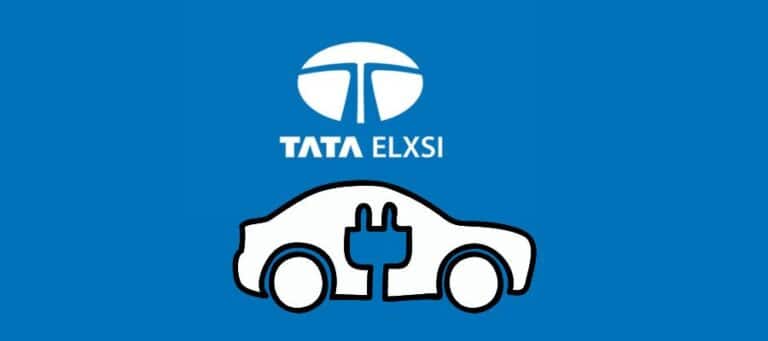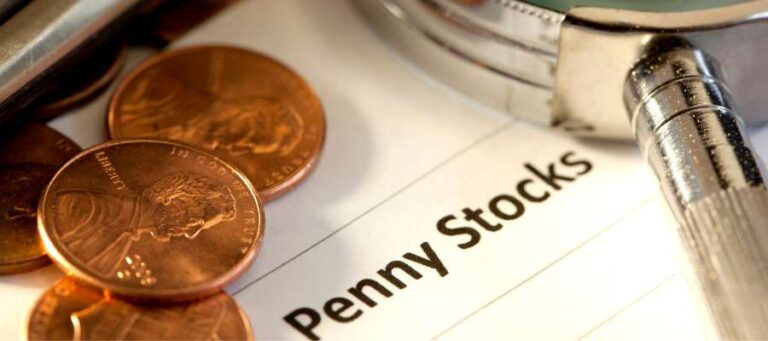
7 ways to save taxes on Futures and Options trading
Sandesh
Contributor
In the world of finance, trading in futures and options (F&O) is a common practice. While these trades can yield substantial profits, they also incur expenses such as brokerage fees and other charges. It’s important to understand how F&O profits are taxed under the Income Tax Act, as well as which expenses are allowed as deductions.
In this article, we will explore the treatment of F&O profits as business income under the Income Tax Act. We will also delve into the specific expenses that can be claimed as deductions to help you save some of those Taxes.
Here are some expenses related to F&O trading that can be claimed as deductions on Income Tax:
- Subscriptions to news agencies: Expenses incurred for subscribing to financial news agencies like Business Standard, ET Now, and others can be claimed as deductions.
- Software subscriptions: Expenses for subscriptions to trading software such as Opstra, Sensibull, etc.
- Tutorial/training expenses: Expenses incurred for financial courses, conclaves, webinars, and other training programs either online or offline.
- Tours and travel expenses: Expenses related to webinars and other meetups, including tours and travel expenses.
- Professional advisor fees: Amounts paid to any SEBI registered professional advisor for professional services related to trading.
- Internet and telephone bills: Expenses related to internet and telephone bills used for trading.
- Depreciation on assets: Depreciation on all depreciable assets used for trading, such as laptops and mobiles, can be claimed as deductions.
Also Read
What is CE and PE in Stock market
Important points to note:-
- All such Expenses should be for trading purposes or beneficial in earning such Trading Income.
- You must maintain all invoices for all such expenses.
How can you claim Futures and options (F&O) tax benefits
Let’s take the example of Jethalal, a profitable options trader who earned a profit of Rs. 10,00,000/- in the last financial year. To improve his expertise in options trading, Jethalal incurred several expenses, including attending webinars and subscribing to premium apps. In total, his expenses amounted to Rs. 2,00,000/-, which included internet bills and depreciation on his laptop. Assuming that Jethalal falls under the 30% tax bracket, we can calculate his tax liability with and without deducting his expenses.
If Jethalal takes a deduction of his expenses, his tax liability would be (10,00,000 – 2,00,000) * 30% = Rs. 2,40,000/-
On the other hand, if he doesn’t take any deduction, his tax liability would be 10,00,000 * 30% = Rs. 3,00,000/-
By deducting his expenses, Jethalal can save almost Rs. 60,000/- (3,00,000 – 2,40,000)
This example shows that claiming deductions for eligible expenses can significantly reduce one’s tax liability. Therefore, it is important for F&O traders to keep track of their expenses and understand which ones are deductible to optimize their financial position.
Check out latest Stock Analysis by DailyBulls
Share this insight
Spread the Alpha
If this analysis helped you, pass it along to your trading desk or community.
Related Articles
More ideas that align with your trading playbook.

Tata Elxsi Analysis – Best time to buy or wait?
In this article, we will analyse the technical and fundamental details of Tata Elxsi, an IT stock from the house of Tata…

5 Best Penny Stocks in India to invest in 2023
Penny stocks can be a good investment if you are starting with the stock market or if you want to diversify your…
![Best 13 High Dividend paying stocks in India[Growth stocks]](https://dailybulls.in/wp-content/uploads/2023/04/dividend-768x327.jpg)
Best 13 High Dividend paying stocks in India[Growth stocks]
Having some high dividend paying stocks in your portfolio is always good. Even during a toppled market, such high dividend yield stocks…



